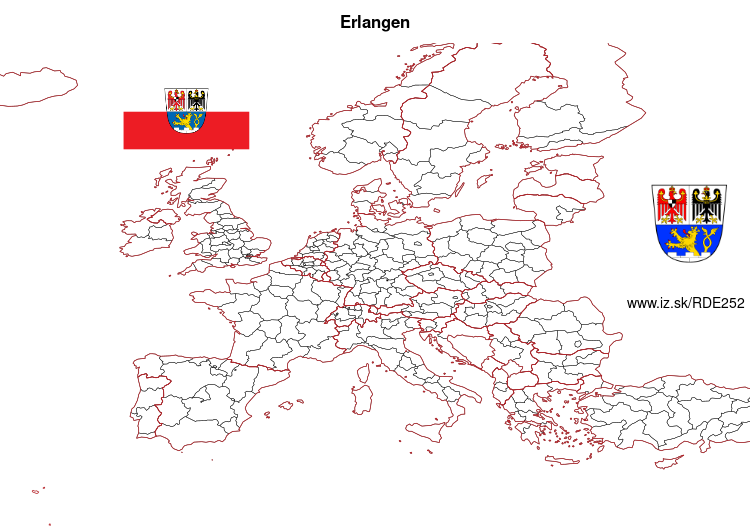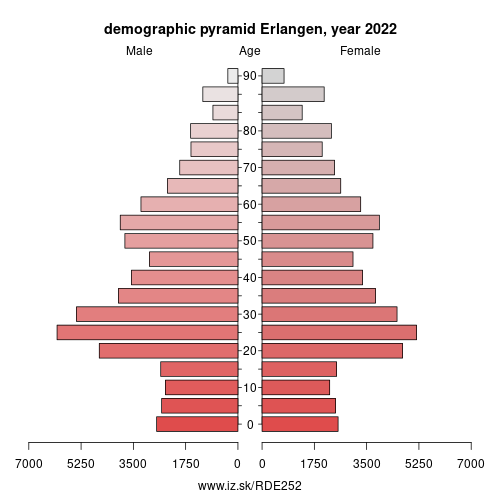- About us»
- Net income calculator»
- Population aging»
-
- Least developed regions»
-
- Average wage
- Material need benefits
- Meal allowance
- Counties of Slovakia
- Inflation
- Living and Subsistence Minimum
- Unemployment of Czechia and Slovakia
- NACE Classification
-
- Life expectancy
- Gender differences
- Youth unemployment and NEET
- Minimum wage in EU
- Unemployment rates of different age groups
- Share of salaries on GDP
- Unemployment rate
- Long term unemployment
- Percentage of employees ususally working at nights
- NEET
- Employment rate
-
- Bratislava and surroundings
- Kopanice
- Danube river
- lower Vah river
- middle Vár river
- upper Nitra river
- lower Nitra river
- Mining cities
- Kysuce a Orava
- upper Vah river - Liptov
- Spiš cities
- upper Hron river
- Juhoslovenská kotlina
- Košice fold and Torysa river
- upper Zemplín
- lower Zemplín
- EU regions
- NUTS3 regions of Slovakia
- LAU1 dataset
-
- Projects and activities
- Inclusive growth»
- Good work
- Project SKRS
- Social system – reality and vision
- Library
-
- Education of unemployed
- Young unemployed not taking part in education
- Proposal to change the system of education funding
- News»
- Contact
Erlangen – DE252
EU regions: Germany > Bavaria > Middle Franconia > Erlangen

| Indicator | Period | Value |
|---|---|---|
| Gross domestic product | ||
| GDP per capita in PPS of EU average | 2022 | 275 |
More on wikipedia wikidata Q3126 on OpenStreetMap Erlangen slovensky: DE252
Demographics
| Indicator | Period | Value |
|---|---|---|
| Demographics | ||
| number of inhabitants | 2024 | 115 314 |
| population density | 2023 | 1508.1 |
| old-age dependency ratio | 2024 | 26.9 |

From Wikipedia: Erlangen (German pronunciation: [ˌɛɐ̯ˈlaŋən] (listen); East Franconian: Erlang) is a Middle Franconian city in Bavaria, Germany. It is the seat of the administrative district Erlangen-Höchstadt (former administrative district Erlangen) and with 113,752 inhabitants (as of 31 December 2018) it is the smallest of the eight major cities in Bavaria. The number of inhabitants exceeded the threshold of 100,000 in 1974, making Erlangen a major city.
Together with Nuremberg, Fürth and Schwabach, Erlangen forms one of the three metropolises in Bavaria. With the surrounding area, these cities form the European Metropolitan Region of Nuremberg, one of 11 metropolitan areas in Germany. The cities of Nuremberg, Fürth and Erlangen also form a triangle on a map, which represents the heartland of the Nuremberg conurbation.
An element of the city that goes back a long way in history, but is still noticeable, is the settlement of Huguenots after the withdrawal of the Edict of Nantes in 1685. Today, many aspects of daily life in the city are dominated by the Friedrich Alexander University Erlangen-Nuremberg and the Siemens technology group.
Geography
Erlangen is located on the edge of the Middle Franconian Basin and at the floodplain of the Regnitz river. The river divides the city into two halfs of approximately equal sizes.
Other: Middle Franconia, Roth, Nuremberg, Fürth, Fürth, Erlangen-Höchstadt, Nürnberger Land, Schwabach, Ansbach, Ansbach, Landkreis Neustadt an der Aisch-Bad Windsheim, Erlangen, Weißenburg-Gunzenhausen
Neighbours: Fürth, Erlangen-Höchstadt, Nuremberg, Fürth
Suggested citation: Michal Páleník: Europe and its regions in numbers - Erlangen – DE252, IZ Bratislava, retrieved from: https://www.iz.sk/PDE252, ISBN: 978-80-970204-9-1, DOI:10.5281/zenodo.10200164

 Share
Share Facebook
Facebook Twitter
Twitter News
News